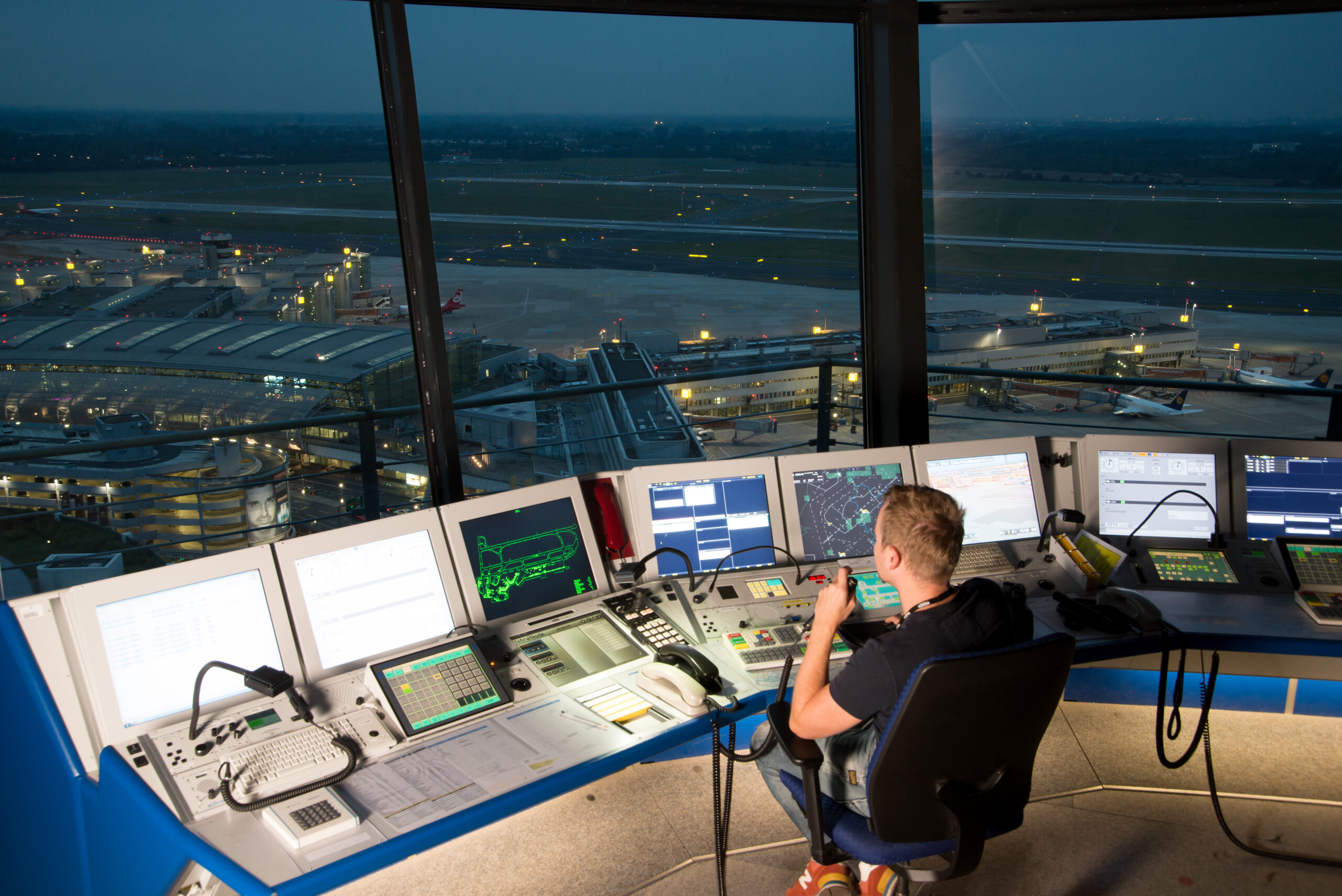TAMPA, Fla. — A Spire Global-led group has won European Space Agency funds to develop a satellite to demonstrate a civil aviation tracking constellation that would not rely on GPS, or any other global navigation satellite system (GNSS) vulnerable to interference.
Most commercial aircraft must have an Automatic Dependent Surveillance–Broadcast (ADS-B) transmitter that periodically sends out the location data they get from GNSS satellites.
Modern air traffic surveillance systems augment this GNSS-supported ADS-B data to provide air traffic controllers with more precise flight information, such as U.S-based Aireon, which uses payloads on Iridium’s low Earth orbit (LEO) satellite network.
However, GNSS signals can be interfered with or spoofed, which Spire general manager for aviation Philip Plantholt said can lead to inaccuracies in tracking aircraft locations, ultimately impacting air traffic control operations.
Recent incidents over the Baltic Sea amid Russia’s war in Ukraine have exemplified these potential risks.
“Frequent GNSS jamming in the area has disrupted civilian air traffic,” Plantholt said, “necessitating rerouting that causes delays and increases fuel burn, resulting in higher emissions and costs.”
He said even super-yachts employing GNSS jamming to evade paparazzi have inadvertently affected nearby air traffic operations.
Spire, a U.S.-headquartered smallsat builder and operator, is designing an aviation surveillance system under a 16 million euro ($18 million) ESA contract announced July 25 that would be independent of GNSS.
The Eurialo project envisages a system that would geolocate aircraft based on the slightly different times its low Earth orbit satellites pick up the radio frequency signal used to transmit ADS-B.
There would be no need for any modifications, retrofits, or new systems to be installed on aircraft to use Eurialo, according to Spire.
Spire’s three-year contract covers the development of the mission and system design, in addition to designing, deploying, and operating a demonstrator to prove its performance and critical technologies.
Following initial design and demonstrator phases, there is the potential for Spire to be selected to build out the full constellation, which Plantholt said would involve a large number of satellites.
Eurialo would be complementary to existing surveillance systems, he added, helping improve airspace-tracking resilience globally.
The project is part of ESA’s Advanced Research in Telecommunications Systems (ARTES) program and is mainly funded through Germany’s space agency.
Spire said it plans to open an office in Munich, Germany, as part of the contract after recently establishing a subsidiary in the country.
European Satellite Services Provider (ESSP), a group of regional air navigation service providers that recently agreed to commercialize a separate ESA initiative for improving pilot communications, is also part of the Spire-led consortium.
The France-based group was originally created in 2001 so local air navigation service providers could take part in the European Geostationary Navigation Overlay Service (EGNOS) program, which Europe uses to augment and improve GPS services in the region.
Eurialo would likely need to clear sizable regulatory hurdles to deploy commercial services based on emerging technology. Aireon’s services are highly regulated despite drawing from precise GNSS coordinates to guide real-time aircraft separation requirements.
